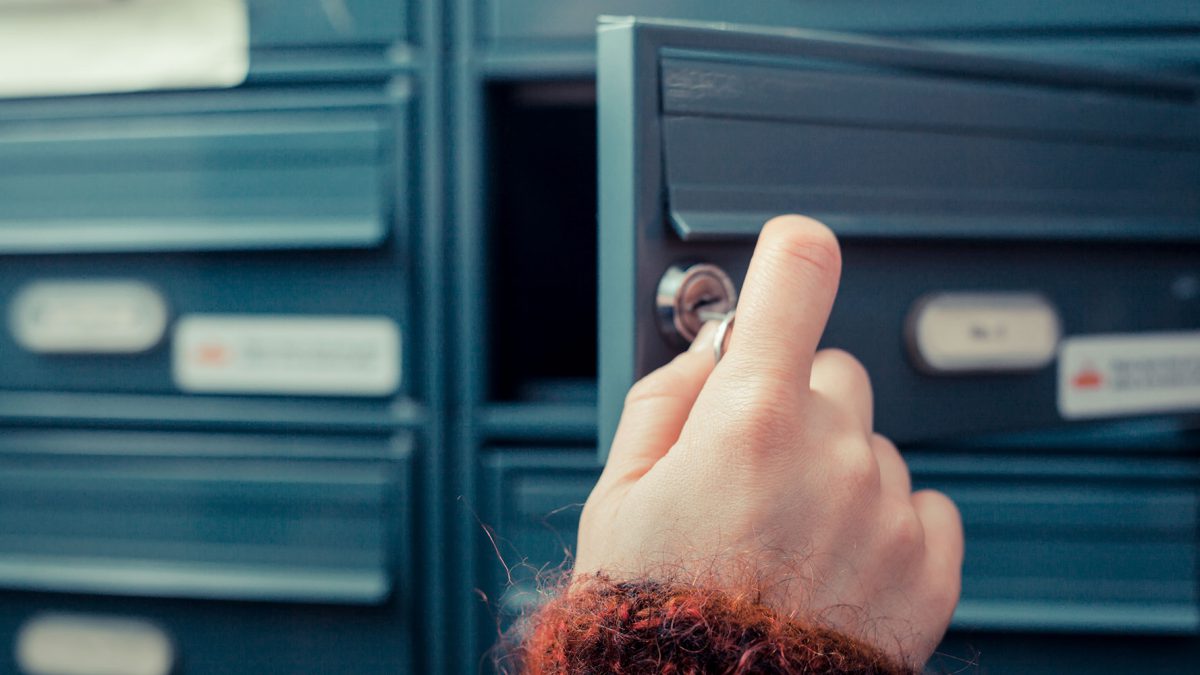Guarantee targeted and trackable results from your next Letterbox Marketing campaign by following these expert guidelines.
The potential scope of audience reach using Letterbox Marketing is huge. In Australia alone, marketers have the ability to reach 20.3 million Australians using Letterbox Marketing, according to the Real Media Collective’s 2018 Annual Industry Report. At IVE Distribution, we boast an impressive reach of 17 million Australians.
And the more targeted a campaign, the more marketers reap the benefits of it. Like Facebook or Google AdWords campaigns, for example, Letterbox Marketing can be built to target small and more nuanced audiences who share the key characteristics of the brand’s target customer. In fact, Letterbox Marketing campaigns today can be targeted to as few as 200 households.
Having a clear understanding of your target audience upfront will not only help you maximise your distribution and inform all elements of your campaign but also maximise your ROI. Here’s what you need to consider when building your next Letterbox Marketing campaign:
- Identify your target audience
At the outset of any marketing campaign, it goes without saying that you need to identify your target audience. By just tracking and assessing your campaign, you wouldn’t get the greatest result – a clearly defined audience is necessary.
From a Letterbox Marketing distribution point of view, there are many factors that can be taken into consideration when refining which suburbs or postcodes to focus on. For those with a defined target audience, IVE Distribution’s media planning tool, Swiftplan, can be used to identify where these people live to build a distribution map.
Swiftplan draws on more than 50 data points, including Census data, household expenditure, and psychographic segmentation to generate highly-targeted audiences for customers. The tool is intelligent enough to account for factors such as where target consumers live, where they shop, their age, their disposable income, their interests, and more.
And for brands without a clear target audience in mind, the IVE Distribution team can interrogate your database to identify key audiences within your existing data for targeting. Alternatively, IVE Distribution can build a target audience using exclusion tactics: by identifying who your brand does not want to target.
While this information is imperative for mapping Letterbox distribution, it can also inform the other elements of a Letterbox Marketing campaign.
- Design with your audience in mind
The beauty of taking a more targeted approach to a Letterbox Marketing campaign is that you can also tailor the marketing message. Australia is a huge country with differing demographics. What might be a popular product in Melbourne metro may differ greatly from a popular product in the Sunshine Coast hinterland.
For instance, if a specific brand of shampoo is popular with residents in the western suburbs of NSW, a brand may produce a targeted catalogue for this area instead of using a generic one that goes out to all Australians. This allows for tweaks to the placement of products in the catalogue. In this case, an image of the popular shampoo product can be on the cover of the catalogue where it instantly catches the attention of the residents.
SuperCheap Auto adopted a highly targeted, local area marketing approach after identifying a series of under-performing stores in its nationwide network. The retailer required a campaign that targeted the catchment areas of these under-performing stores and turned to IVE Distribution to create a highly-targeted catalogue, achieving a five per cent like-for-like sales uplift for targeted stores during the promotional period.
Once you have identified your target audience, make sure that your collateral has the following:
A clear call to action (CTA) (go online, in store, call or sign up to a newsletter etc.)
Imagery that reflects the target audience (if using pictures of people, for instance, are they the same demographic as the target audience?)
If pushing people in store include a map (personalise to local store)
If pushing people online, include a URL (make it short)
- Build a multi-channel campaign
Letterbox Marketing should be used as part of a multi-channel approach. Like an onion, each campaign should contain layer upon layer of touchpoints with the audience, to build and strengthen the customer’s relationship with the product and brand. Letterbox Marketing is, more often than not, one channel alongside other channels such as social ads, search ads, email and even out of home and print ads.
The frequency of your Letterbox Marketing drops should be considered as part of an integrated multi-channel campaign – consider how Letterbox Marketing sits in the buyer’s journey. Is it the first point of contact? Could you extend the reach of the catalogue by creating a digital version that lives on both your own brand’s website and Australia’s top catalogue aggregator site, Lasoo? What about other digital channels like search ads? Could you push these ads to a digital catalogue?
- Track and assess your ROI
Before delving headfirst into a campaign, understand what you want to achieve. Is it purely a branding exercise, or do you have quantifiable targets for product sales? Does it include coupon code redemptions or sign ups to your database? These are questions to ask before designing a Letterbox Marketing campaign.
A fast food outlet, for example, may expect a 10 per cent redemption of a coupon code from a flyer campaign whereas a high-end car dealership may be satisfied with two car sales from one Letterbox Marketing campaign . Whatever your campaign goals, be clear about what you want to achieve and put hard numbers against them from the outset.
And remember to align your campaign with a sales period or specific campaign activation, and train your staff on the offers available so they are all well informed.
To learn more about Letterbox Marketing, call our team of experts at IVE Distribution on 1300 725 628 or click here to get a quote.



